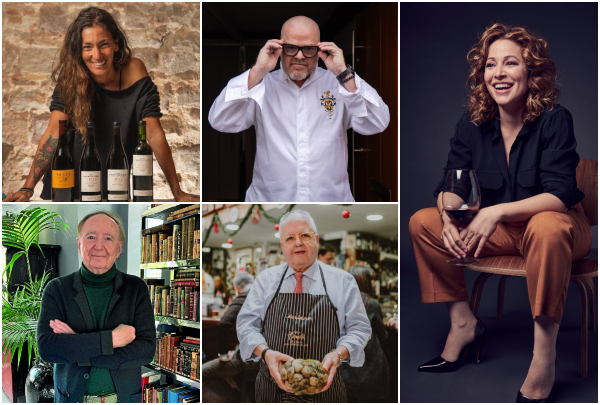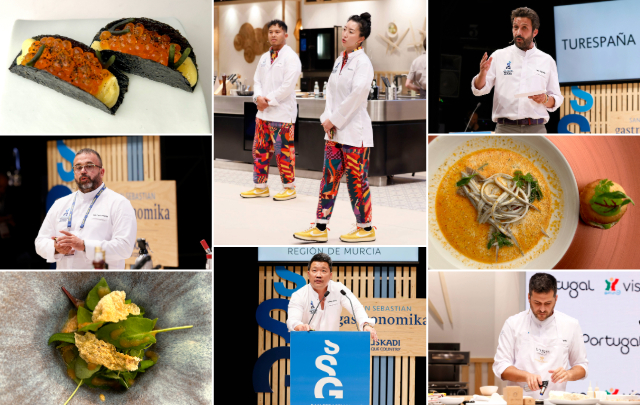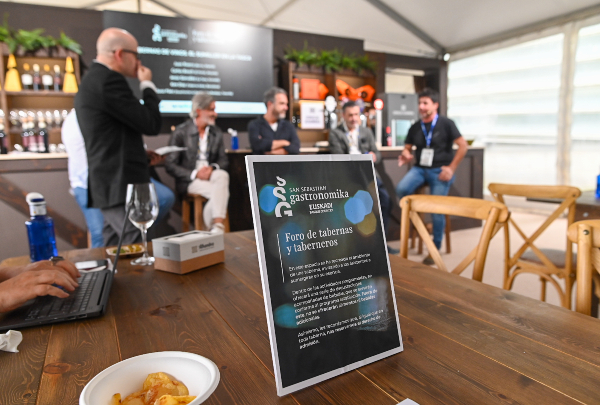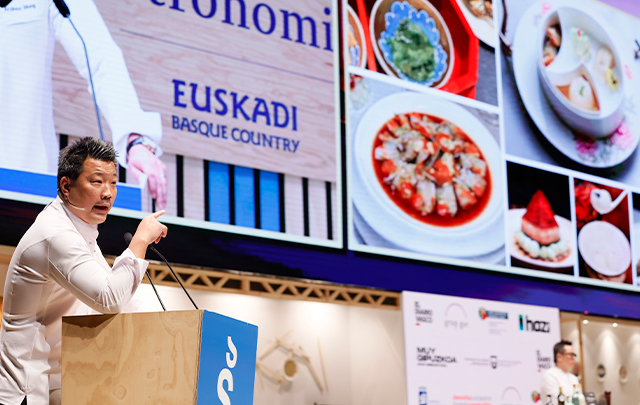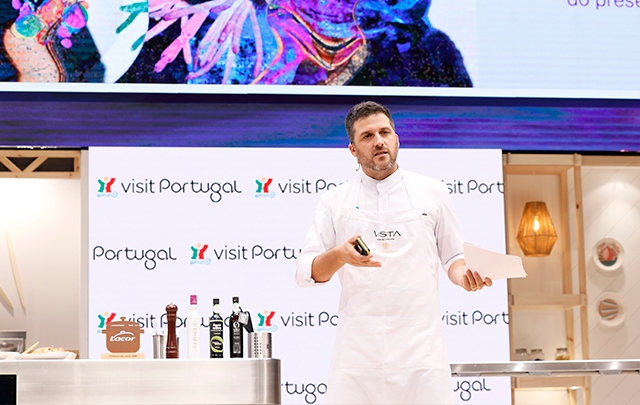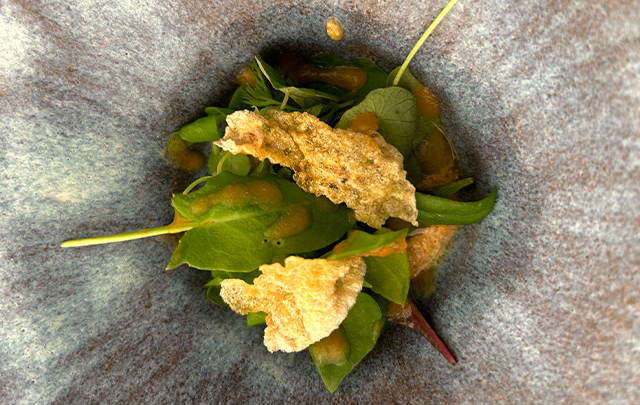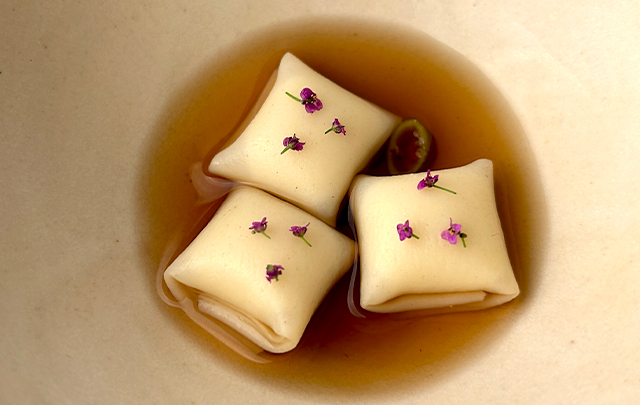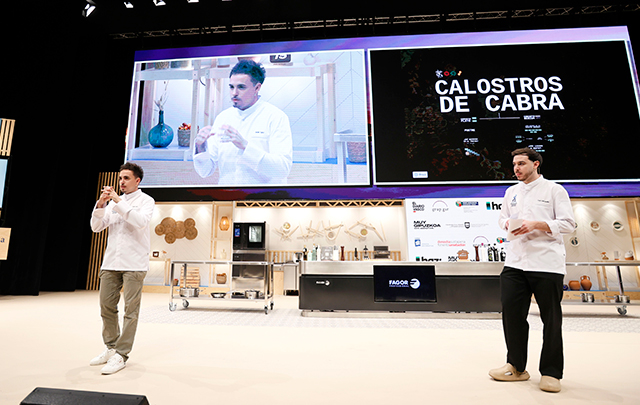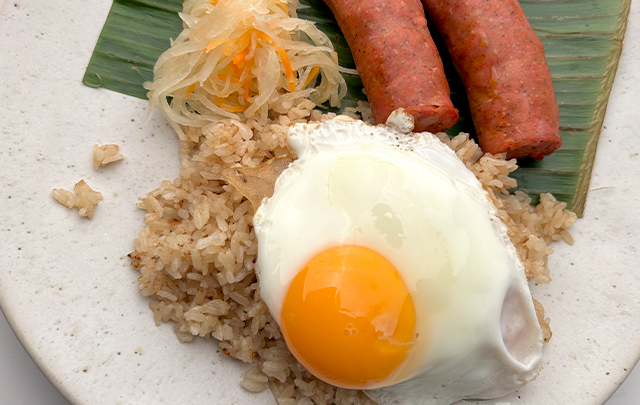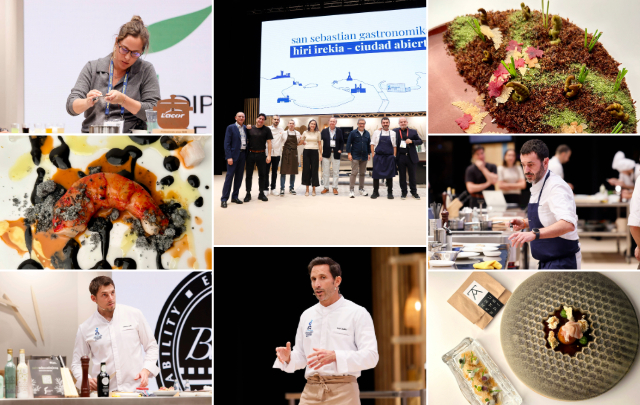News
Iván Cerdeño's cuisine of the environment and memory
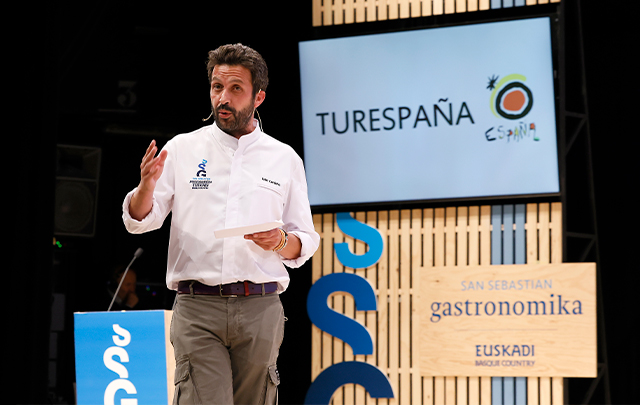
The chef from Toledo puts on an authentic show on stage, with mountains, rivers and recipes based on history as the main notes.
Twice awarded a Michelin star, Iván Cerdeño is one of the main references in national cuisine, which does not change the simple equation on which he bases his commitment to local and seasonal products, without losing the basis of tradition. Our cuisine is based on the environment, not only geographically, but also socially and culturally. It is, therefore, a cuisine of gastronomic memory that takes place in the city of Toledo and its exceptional surroundings,' he explains.
He grew up in the kitchen of his family's restaurant in Mocejón (Toledo) and worked in the kitchens of great restaurants such as El Bohío and El Celler de Can Roca. Back home, the orchard, the banks of the Tagus and the mountains of Toledo are reflected in many of the dishes he has created in his restaurant, Iván Cerdeño-Cigarral del Ángel, some of which he brought to the Congress.
He began with part of the welcome passport, "which I prefer to call aperitifs rather than snacks, to which we attach great importance, because I know that there is no second chance for a good first impression", he explained, before going on to list colourful dishes "that show our intention and in which we are looking for lightness, aesthetics and a spark that stimulates the taste buds without overloading them". Thus, dishes from this first phase of their menu were expertly plated, such as the white bean tatin with basil hollandaise and curry vinaigrette, a roast Toledo, a green pepper pâté with salted mackerel and anchovy dots, an original corn and trout dish with a dry meringue base and oiled corn cream with smoked trout, or a partridge cake in the shape of a cappuccino sponge cake, with egg yolk and partridge hollandaise a la Toledo, among others.
Historical dishes revisited
The second part of the presentation was based on another important chapter in his creative process: inspiration from historical recipes. We believe that we have invented processes and techniques and that we are the authors of fusion cuisine, but it has existed since man began to be curious about what was happening in other parts of the world," he said. And his first reference to history was the Practicón published by Angel Muro 500 years ago, specifically his recipe for partridge stuffed with sardines, "which we have inverted". To do this, he alternated a portion of rillette with two cubes of partridge pâté, on top of which he placed slices of galiano and two pieces of sardine loin, with a reduced Toledo sauce and a gel of serrano herbs, bathed in a pickled sauce, forming a delicious salad.
Finally, he recalled a news item from 1906, in which Emilia Pardo Bazán said in the press that she had tasted a surprising dish of eel in white sauce 'when this fish was abundant in the Tagus; now we bring it from the Portuguese Tagus', lamented Iván. And they prepared two versions of the same dish. On the one hand, he marinates the eel and places it on a bed of eel hollandaise, accompanied by grilled elvers and almond ice-cream in the shape of almonds, soaked in a broth similar to gazpachuelo, based on paprika, cumin and oregano. At the edge of the plate, he placed a mini eel burger on brioche, marinated and caramelised, with chickpea miso and fresh sprouts.

